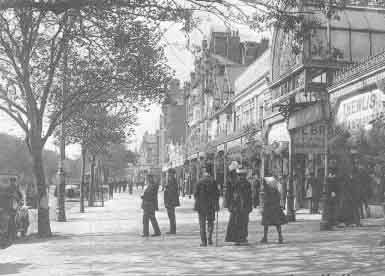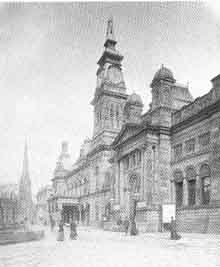 Southport on the North West coast of England is a town with an interesting history,
born in the last few years of the 1700's Southport became famous for it's seaside qualities
where Victorian gentry could " bathe in the waters " or walk down the wide Lord Street and
" take afternoon tea " in one of the fashionable tearooms.
Southport on the North West coast of England is a town with an interesting history,
born in the last few years of the 1700's Southport became famous for it's seaside qualities
where Victorian gentry could " bathe in the waters " or walk down the wide Lord Street and
" take afternoon tea " in one of the fashionable tearooms.
But the area around Southport has been home for many generations, to the residents of North
Meols and Birkdale Common, many of them fisherman who relied on the sea for their livelihood.
This part of the North Western coast of England is unique in that it extends from the Ribble
estuary in the North to the Mersey in the South giving many miles of flat coastline with large
expanses of sand and only the Alt river, Sefton's boundary fences and the rebuilt Pier to break the continuity.
The sea as well as providing their lively hood, was also the provider of wood from the many
wrecks so frequently lost on these shores, this was an important source of building materials
for the local cottages as very few trees grew locally on this windy stretch of coastline.

Lawson Booth in his book "Wrecks on the Southport Coast" ( published in 1949 ) states that
there have been 300 wrecks wrecked on the Southport sands since the 1500's.
Southport has continued the tradition of life saving off our shores with the Southport Offshore Trust,
this organisation used to store it's boat in the very lifeboat house which was the starting point for so many
of the dramatic rescues during the Victorian period. Now it has a purpose built lifeboat house nearer to the beach.
Since the early 70's I have given a number of talks on the Southport wrecks, please e-mail me if you would like me to talk to your group on this subject.
These wrecks are :
Please click on the above links to take you to the pages you require.
Please contact me via e-mail :Martyn Griffiths
If you have any information on the wrecks off the Southport beach please e-mail me


